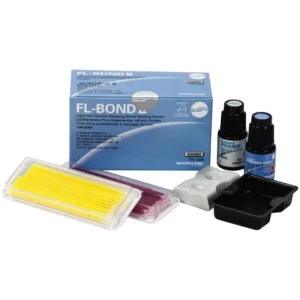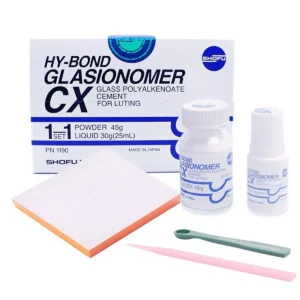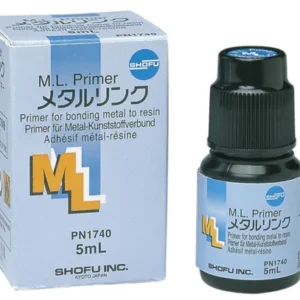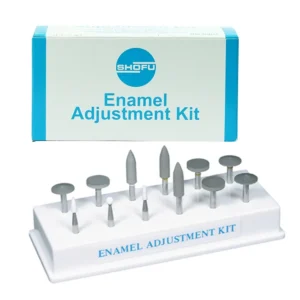Features
Extreme Flexibility:
- To negotiate any canal safely
Preservation of Canal Anatomy
- No apical transportation when the working length is long
- No formation of ledges when the working length is short
Triangular Cross Section:
- Sharp Cutting Edges
- Enhances cutting efficiency
Non-Cutting Tip:
- To minimise apical transportation
Gold Thermal Treatment:
- Controlled memory files
- 350% more resistance to cyclic fatigue
Description
Waldent Wal-flex Gold Glide Rotary Files utilizes a proprietary heat treatment which gives it a very unique flexibility, flutes open up when the stress level is reached, yet the file does not present shape memory. With increased flexibility and more resistance to cyclic fatigue, these files offer many advantages over manual stainless steel files:
- Less canal transportation than with manual K-files
- Suitable for curved canals
- More flexible than manual files
- Faster instrumentation time than with manual files
- Original canal anatomy is better preserved
Advantages
- Triangular Cross Section: Sharp Cutting Edges
- Non-Cutting Tip: To minimise apical transportation
Gold Thermal Treatment:
- Enhances cutting efficiency
- Controlled memory files
- 350% more resistance to cyclic fatigue
Extreme Flexibility:
- To negotiate any canal safely
Preservation of Canal Anotomy
- No apical transportation when the working length is long
- No formation of ledges when the working length is short
Specifications
- Improved Resistant to cyclic fatigue
- Advanced shape memory (SME) alloy tech with elegant dark gold color
- Heat treated: Enhances cutting efficiency
- Greater Flexibility: To negotiate any canal
- Non-Cutting tip to minimize apical transportation
- Corrosion Resistant
- Composition of alloy: Ni – 56% , Ti – 44%
Packaging
Waldent Wal-flex Glide Files – G1:
- Pack of 3 Files
Waldent Wal-flex Glide Files – G2:
- Pack of 3 Files
Waldent Wal-flex Glide Files – G3:
- Pack of 3 Files
Direct to Use
- Preparation: Ensure that you have all necessary instruments ready, including the rotary handpiece, endodontic motor, and appropriate irrigation solutions.
- Access Opening: Prepare the tooth by creating a proper access opening to the pulp chamber.
- Initial Canal Exploration: Use a small hand file to verify the canal’s patency and to establish the working length.
- Irrigation: Irrigate the canal with an appropriate solution (e.g., sodium hypochlorite) to remove debris and maintain cleanliness.
- File Selection: Choose the appropriate size and taper of the Wal-flex Glide Rotary File based on the canal anatomy.
- Rotation Settings: Set the endodontic motor to the recommended speed and torque settings for the specific file being used.
- File Insertion: Gently insert the rotary file into the canal, using a light apical pressure to allow the file to glide through the canal.
- Progressive Use: Use the files sequentially, starting with the smaller sizes and progressing to larger ones, irrigating between each file use to remove debris.
- Monitoring: Continuously monitor the working length and canal shape during the procedure.
- Final Irrigation: After shaping, perform a final irrigation to clean the canal thoroughly.
- Post-Use Care: Clean and sterilize the rotary files according to the manufacturer’s guidelines after use.







































